Advantages and disadvantages

Disadvantages


Advantages
- Students can learn by themselves.
- Improve digital skills (teacchers and students).
- Builds colaboration between learners.
- Develops higher order thinking.
- Easy to access.
- Students improve their skills.
- Beyond computers.
- Dynamic learnings.
- Access to multimedia content.
- Distant learning. (No geographical barrier)
- Illimited knowledge.
- Easy contact.
- There is not age limit of learners.


Disadvantages
- Could be difficult to get virtual methods for some schools.
- Unreliable internet access.
- Slow internet conection.
- There is not a big relationship (student-teacher)(student-student)
- Internet packages could be so expensive.
- Classroom interaction is missing.
- Rural people/students cannot access computers or internet easily.
Applications for video conferencing
Zoom
Google Hangouts
Google's foray into the video conferencing market is part of its Google Hangouts
Google Meet
GoToMeeting
GoToMeeting has many useful features, including instant meetings or meeting scheduling, meeting transcription services, and in-app meeting messaging between participants. GoToMeeting pricing starts at $14/month for groups of up to 10 meeting participants, and costs $29/month for larger groups of 150 participants.
Skype for Business
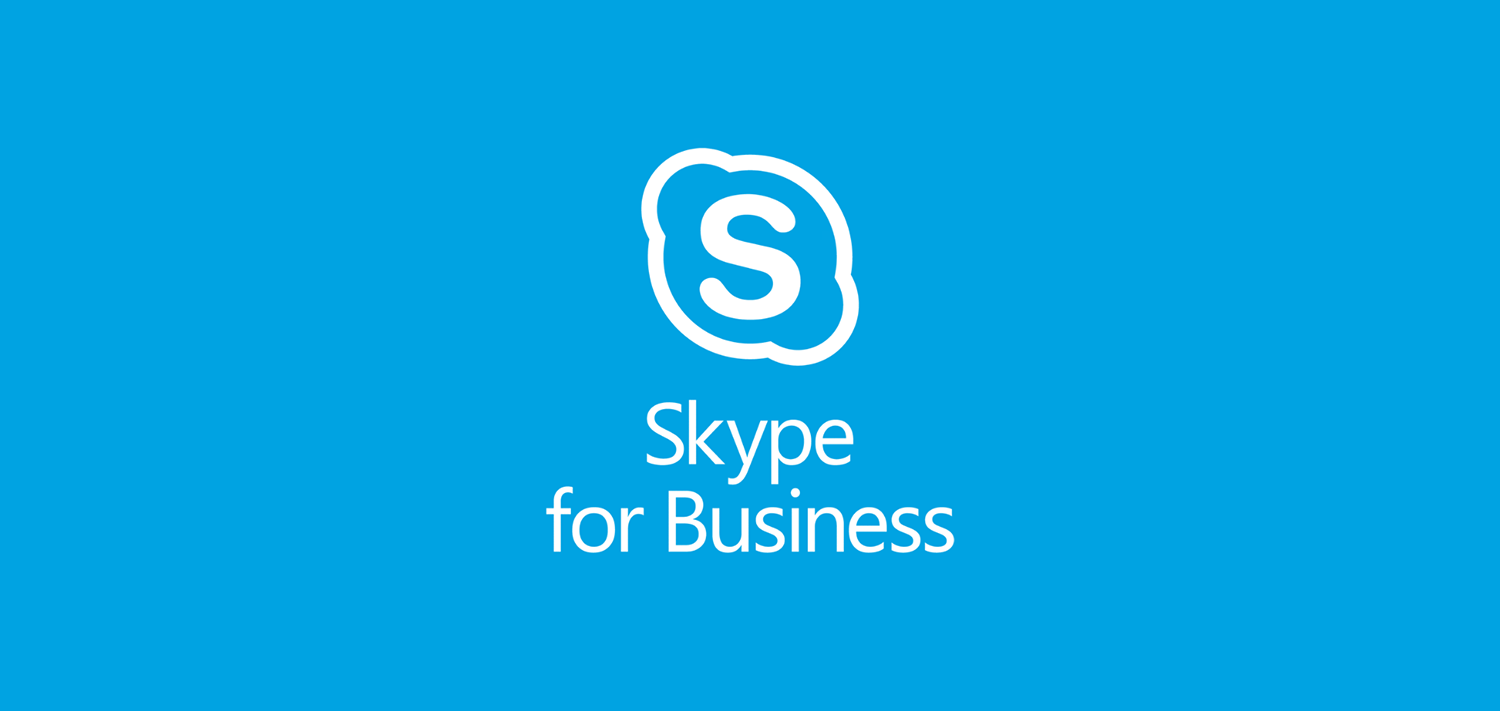 Microsoft's popular Skype service is augmented as an enterprise-ready video conferencing tool. It has several business features, such as allowing up to 250 attendees in a meeting and connection with other Skype users and virtual whiteboarding capabilities.There are some limitations, however, such as the lack of an integrated dial-in audio conference feature, and lack of hardware support with online-only plans. User fees start at $2 per user per month.
Microsoft's popular Skype service is augmented as an enterprise-ready video conferencing tool. It has several business features, such as allowing up to 250 attendees in a meeting and connection with other Skype users and virtual whiteboarding capabilities.There are some limitations, however, such as the lack of an integrated dial-in audio conference feature, and lack of hardware support with online-only plans. User fees start at $2 per user per month.
Cisco WebEx
An industry-standard service, especially for those with a large number of team members or an exceptionally large enterprise, Cisco's WebEx video conferencing service operates like a mash-up of web conferencing and voice calling services, as it enables joining meetings online or via the phone, depending on the participant's location and ability at the time. Pricing starts at $13.50/host/month.
BlueJeans
 BlueJeans is a full-featured web conferencing app that integrates with collaboration tools. Touting a simple and modern approach, in contrast to some of the more complex services offered by competitors, Bluejeans uses a system of meetings, rooms and events to enable video meetings anywhere.No software is required with the ability to launch meetings from a browser. Also, the service allows for easy viewing of all video conference activity in your organization. Plans start at $16.65/month/host for enterprise teams.
BlueJeans is a full-featured web conferencing app that integrates with collaboration tools. Touting a simple and modern approach, in contrast to some of the more complex services offered by competitors, Bluejeans uses a system of meetings, rooms and events to enable video meetings anywhere.No software is required with the ability to launch meetings from a browser. Also, the service allows for easy viewing of all video conference activity in your organization. Plans start at $16.65/month/host for enterprise teams.
Slack
 An extremely popular collaboration tool used in organizations all over the globe, Slack has integrated video conferencing features. If your organization is not using Slack, adopting it for video conferencing probably doesn't make much sense.Video conferencing is like an add-on to the functionality of Slack and can be a great tool for integrating hybrid teams. One-on-one video chat is part of Slack's free account offerings, but for larger meetings, customized enterprise pricing is necessary, which requires a customizable quote.
An extremely popular collaboration tool used in organizations all over the globe, Slack has integrated video conferencing features. If your organization is not using Slack, adopting it for video conferencing probably doesn't make much sense.Video conferencing is like an add-on to the functionality of Slack and can be a great tool for integrating hybrid teams. One-on-one video chat is part of Slack's free account offerings, but for larger meetings, customized enterprise pricing is necessary, which requires a customizable quote.
Appear.in
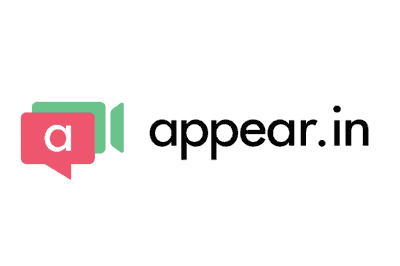 This video chat service is ideal for small organizations that want a simple method for connecting team members. It features a fast service due to its streamlined nature. Appear.in has anonymous features, which might not be important to enterprises, but are noteworthy nonetheless. Appear.in starts free, but teams will want to pay $99.99/month, which will allow up to 150 users.
This video chat service is ideal for small organizations that want a simple method for connecting team members. It features a fast service due to its streamlined nature. Appear.in has anonymous features, which might not be important to enterprises, but are noteworthy nonetheless. Appear.in starts free, but teams will want to pay $99.99/month, which will allow up to 150 users.BigBlueButton
The last service on our list is the open-source BigBlueButton. It features whiteboard capability for meeting productivity and was created specifically for education and online learning. As a free open source tool, there are many add-ons and integrations through third-party developers that allow for customized web conferencing experiences, including an integration with Learning Management Systems (LMS) that will make for a seamless student and teacher experience.
FreeConference
Supports: Up to five video participants and 1000 audio participants for an unlimited duration.Contrary to what the name suggests, FreeConference isn’t a free service. It’s a premium service with a decent free option that might be useful in some instances. For video conferencing, FreeConference only supports up to 5 participants on the free tier. What makes FreeConference potentially shine, however, is its support for up to 1000 audio participants to call in via telephone. The service also takes a software-free approach to video calling, allowing most users to connect with nothing more than a browser.FreeConference also offers mobile apps for iPhone and Android, which are open to free users. Unfortunately, there is no ability to record your call unless you’re willing to upgrade to a premium package.
What makes FreeConference potentially shine, however, is its support for up to 1000 audio participants to call in via telephone. The service also takes a software-free approach to video calling, allowing most users to connect with nothing more than a browser.FreeConference also offers mobile apps for iPhone and Android, which are open to free users. Unfortunately, there is no ability to record your call unless you’re willing to upgrade to a premium package.
Jitsi
Supports: Up to 75 participants for an unlimited duration.Jitsi is a 100% free and open source project with a fantastic feature set. You can choose between using the hosted version of Jitsi at meet.jit.si, or you can download and host your own video conferencing solution for total flexibility.Currently, Jitsi supports a maximum of up to 75 participants per call, although performance may suffer with more than 35. The project is working on “going beyond 100” participants at once. The service supports phone-in audio participants in both the hosted and self-hosted versions. The service supports screen sharing and has mobile apps for iPhone and Android (plus an F-Droid package).
To record your Jitsi conference, you can stream to YouTube and then pass the link around (private or unlisted) or simply download the file for safekeeping.There are no premium tiers to Jitsi, and the project remains free thanks to 8×8, which uses the technology in its own products
- Google Classroom is a free web service, developed by Google for schools, that aims to simplify creating, distributing, and grading assignments in a paperless way. The primary purpose of Google Classroom is to streamline the process of sharing files between teachers and students.Google Classroom combines Google Drive for assignment creation and distribution, Google Docs, Sheets and Slides for writing, Gmail for communication, and Google Calendar for scheduling. Students can be invited to join a class through a private code, or automatically imported from a school domain. Each class creates a separate folder in the respective user's Drive, where the student can submit work to be graded by a teacher. Mobile apps, available for iOS and Android devices, let users take photos and attach to assignments, share files from other apps, and access information offline. Teachers can monitor the progress for each student, and after being graded, teachers can return work along with comments
- Microsoft Teams es una plataforma unificada de comunicación y colaboración que combina chat en el lugar de trabajo persistente, reuniones de video, almacenamiento de archivos (incluida la colaboración en archivos) e integración de aplicaciones. El servicio se integra con el paquete de productividad de Office Office por suscripción y presenta extensiones que pueden integrarse con productos que no son de Microsoft. Microsoft Teams es un competidor de servicios como Slack y es la ruta de evolución y actualización de Microsoft Skype for Business .

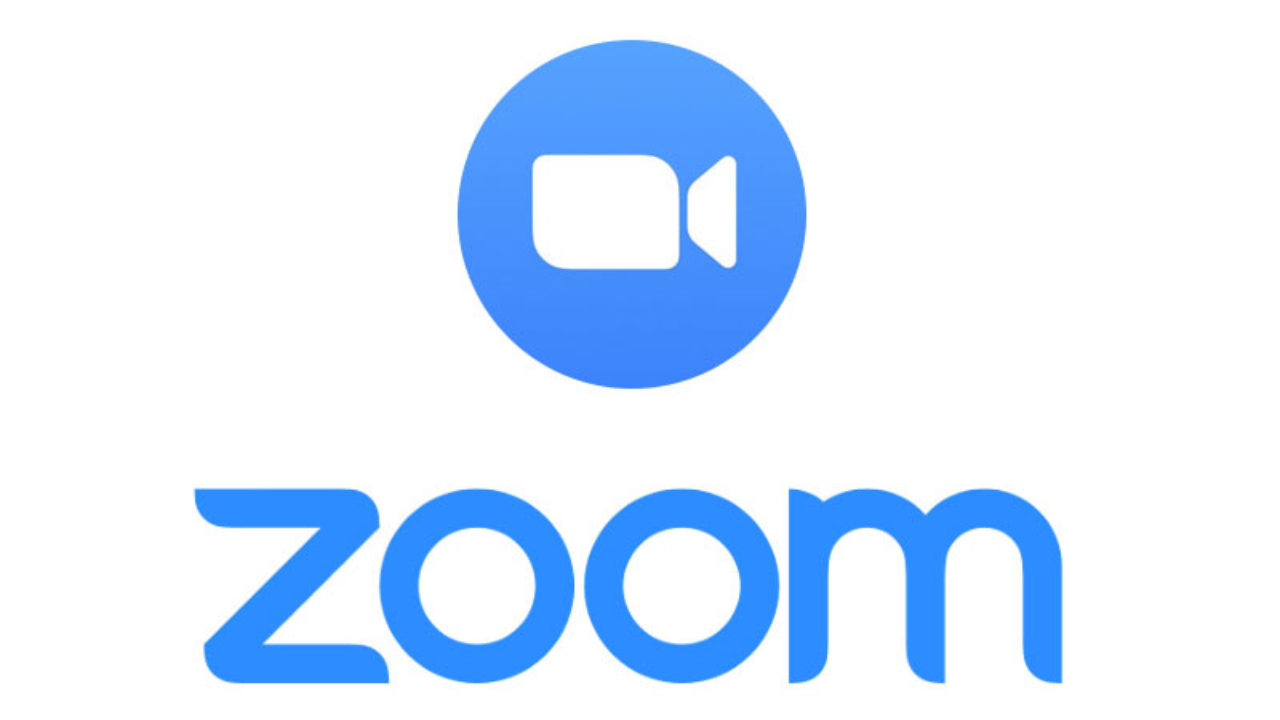
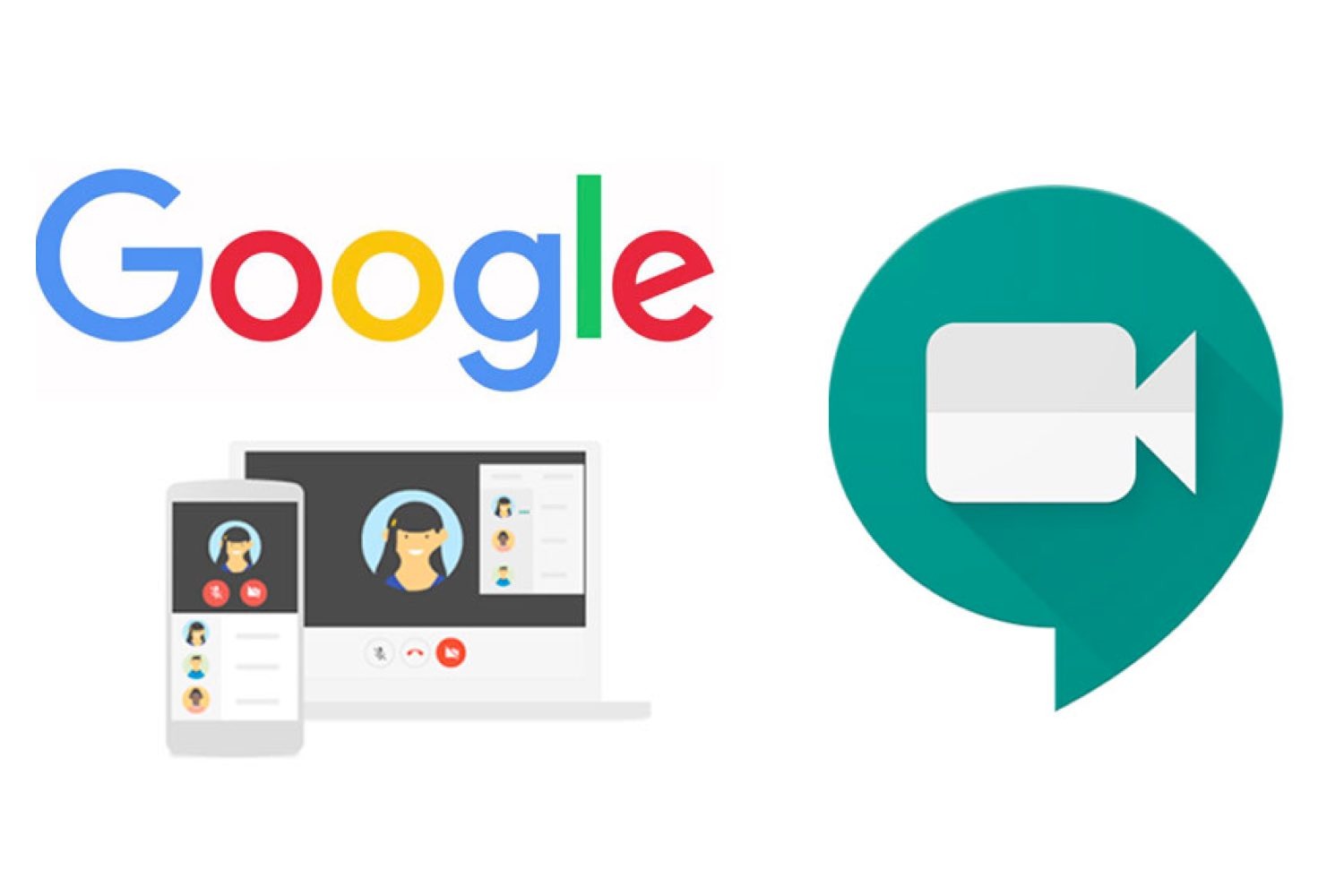
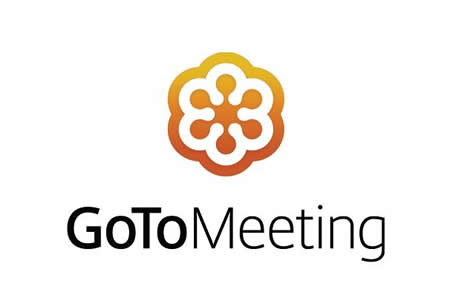
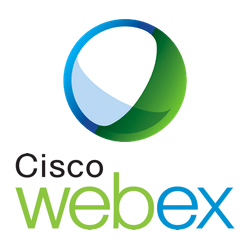


Comments
Post a Comment